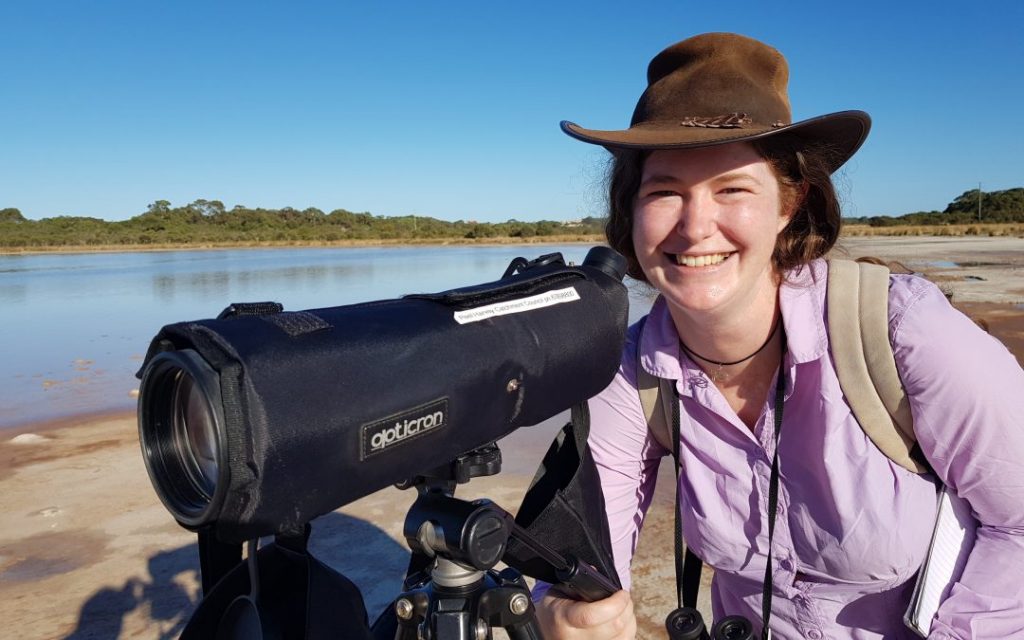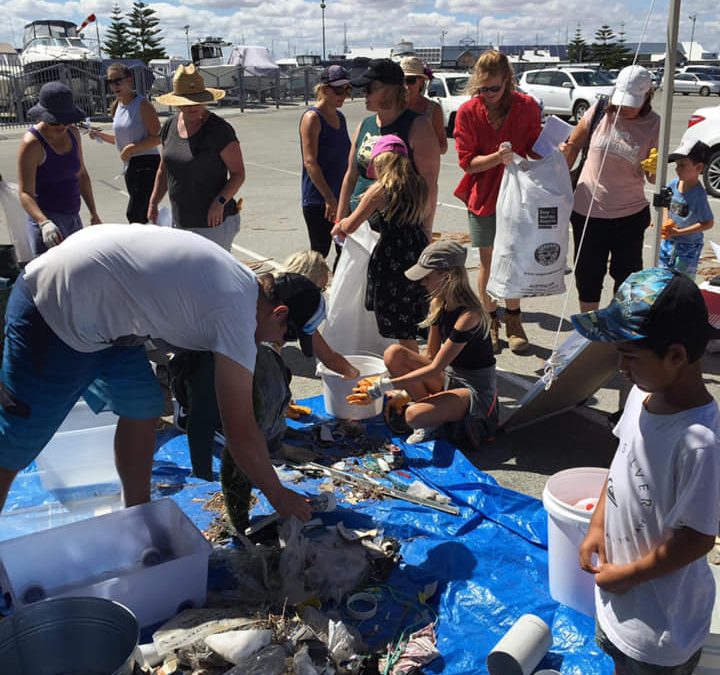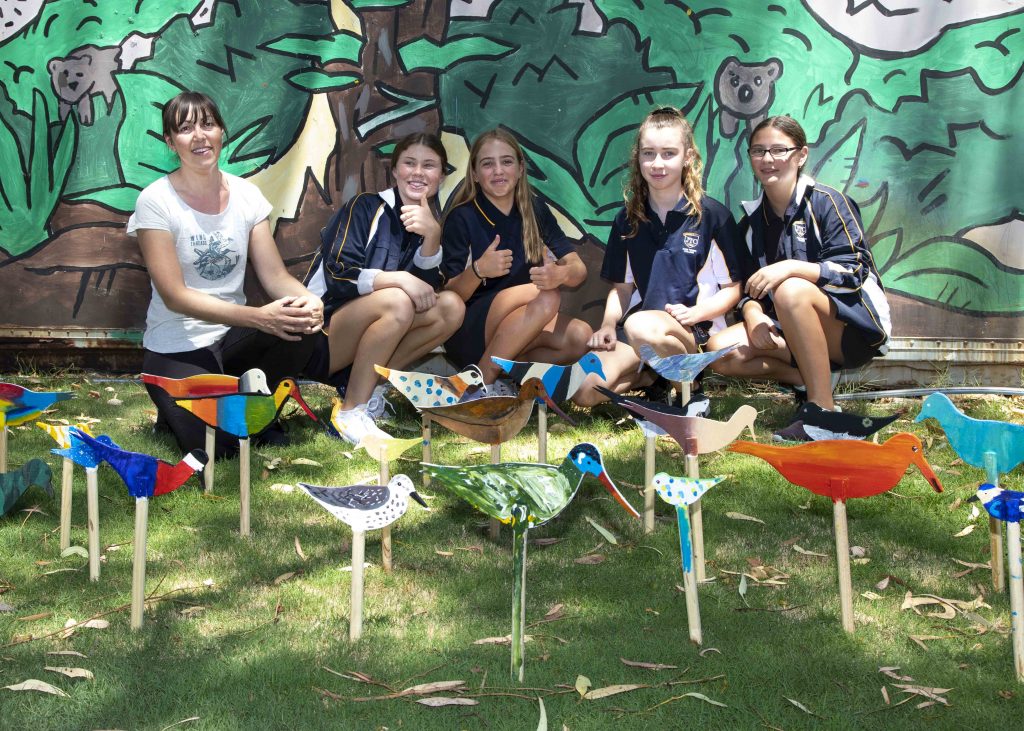Peel-Harvey Catchment Council (PHCC) from south western Australia is sharing good examples of programmes to raise awareness with and engage the local communities for conservation of migratory birds and their habitats. The educational and Citizen Science programmes involve the local communities in shorebird monitoring and litter clean ups.
“Citizen Science Saving Shorebirds” – Shorebird2020 is a national shorebird monitoring program that happens to be the biggest annual Citizen Science event in Australia. The program aims to gain a better understanding of the populations of the nation’s shorebirds by counting the number of birds present at key sites around Australia. This year, 77 volunteers have taken part in the February 2019 shorebird count for the 26,530 hectare Ramsar-listed Peel-Yalgorup System in south western Australia.
“Shorebird2020 is an iconic Citizen project for our region and is one of the largest and longest-running in the country. It’s a positive story that demonstrates what can be achieved when partners and the community unite to help protect our wetland wildlife and environment. We are very proud of these loyal volunteers who give up their weekends in February to make the Shorebird2020 Count possible.” PHCC Chairman Caroline Knight said.

PHCC Chairman Caroline Knight © Peel-Harvey Catchment Council
Another programme hosted two workshops with Tangaroa Blue to assist with litter Clean Ups. The workshops, conducted in Mandurah and Pinjarra, were aimed at people who are interested in helping to reduce the impacts of litter within their community. Twenty-two people attended the workshops. The source-reduction process first involves separating and counting the items of litter collected from the Clean Ups and then categorizing the collected materials for entry into Tangoroa Blue’s Australian Marine Debris Database. This is done through the Tangaroa Blue website or through their recently launched Tangoroa Blue mobile app. Two days after the workshop, these “Coastal Waste Warriors” put these citizen science tools into practice at their Clean Up of the Dawesville Cut. The group collected 110kg of litter and entered the results into the Marine Debris database. This event identified plastic mint wrappers as an issues and the local Café was approached and responsed by installing bins. These events aim to remove marine litter in Peel-Yalgorup Wetland System, and to prevent its recurrence.

Coastal Waste Warriors putting Citizen Science tools into action for their Clean Up of the Dawesville Cut ©Peel-Harvey Catchment Council
Since 2017 PHCC has also run a “Stints are Rad” programme in partnership with Milly Formby from Wing Threads (https://wingthreads.com/). It is an educational program designed to teach students about the amazing migratory shorebirds that travel to the Ramsar-listed Peel-Yalgorup Wetland System in southwestern Australia from the northern hemisphere. Using the tiny Red-Necked Stint as the main character, stories about the migration journey of the birds and Milly’s planned microlight aircraft trip to raise awareness of the plight of migratory shorebirds, were told to promote urgent action for migratory shorebirds. A recently added creative activity called the Flock, originally developed by Miranda Trust in New Zealand, involves creating wooden shorebird stencils, painting and displaying them to raise awareness and engender enquiries.

Milly with Students promoting the activity “Flock” in the “Stints Are Rad” Programme ©Peel-Harvey Catchment Council
To learn more about “Citizen Science Saving Shorebirds” programme: https://peel-harvey.org.au/citizen-science-saving-shorebirds/
And“Clean Up Peel Waterways” https://peel-harvey.org.au/citizen-science-tools-takes-clean-ups-to-a-new-level/
First edition of Wattle & Quoll bi-monthly newsletter of Peel-Harvey Catchment Council: https://mailchi.mp/fd079ab5522f/wattle-quoll?e=4e0e076284





